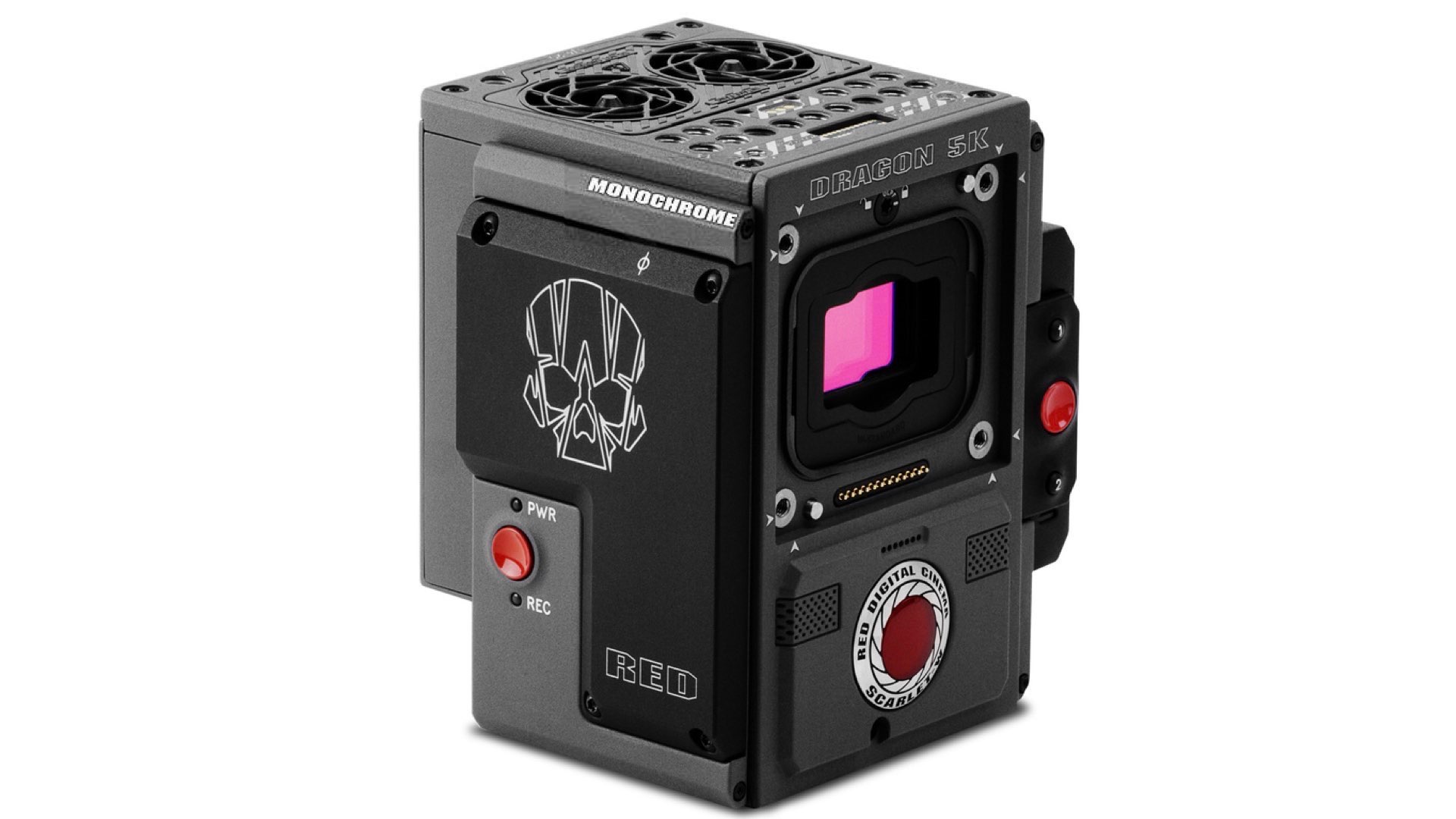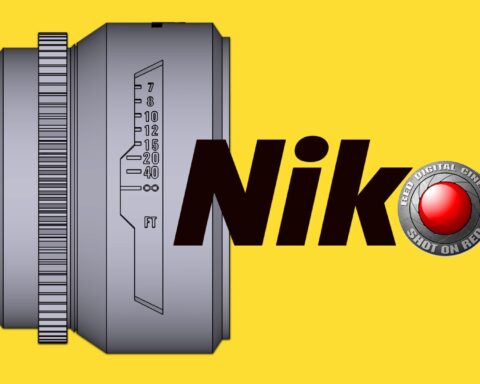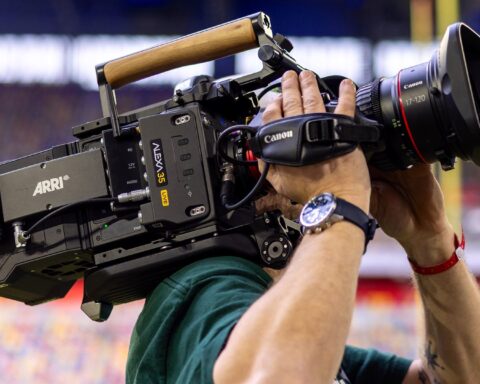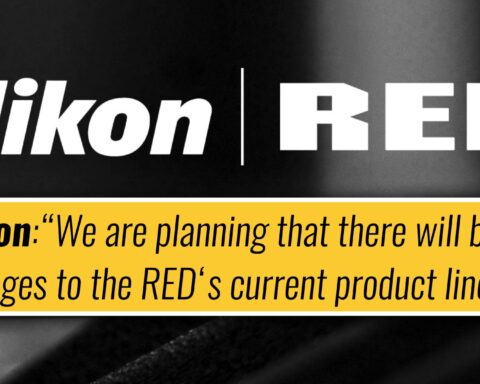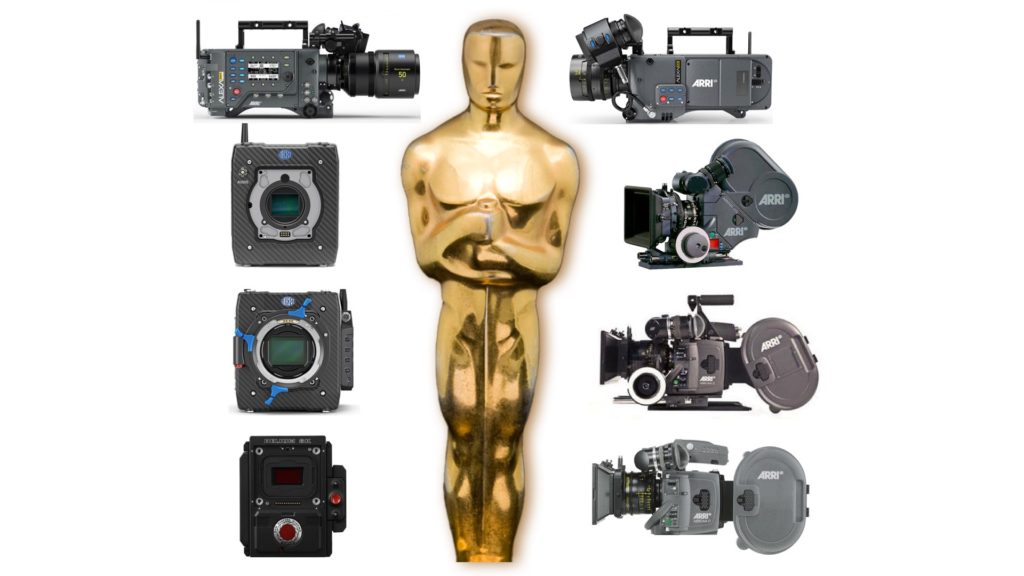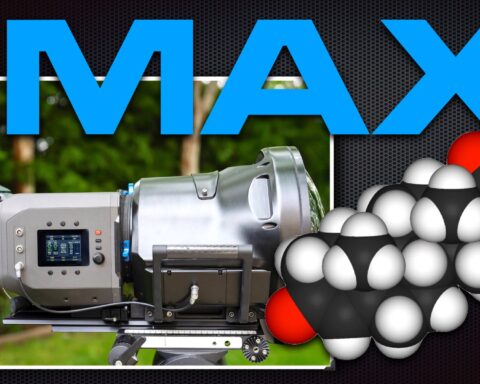A rare Scarlet-W Monochrome was used together with the Signature Primes, to capture the white shark by Cancun based filmmaker Rodrigo Violante. Let’s explore this beauty.

RED Scarlet-W 5K Monochrome
The SCARLET-W RED DRAGON 5K MONOCHROME was introduced in 2015 as a Super 35 sensor type RED camera with a resolution of 5K that is dedicated to black and white shooting. That is not the only RED camera that shoots black and white. RED is known for its passion for black and white imagery. Although you can shoot with color and then eliminating the saturation in the post, there are significant advantages of shooting with a monochrome sensor. Last week, we wrote about the Monstro Monochrome (Monstrochrome) that is being used by David Fischer to shoot his new feature as we speak.
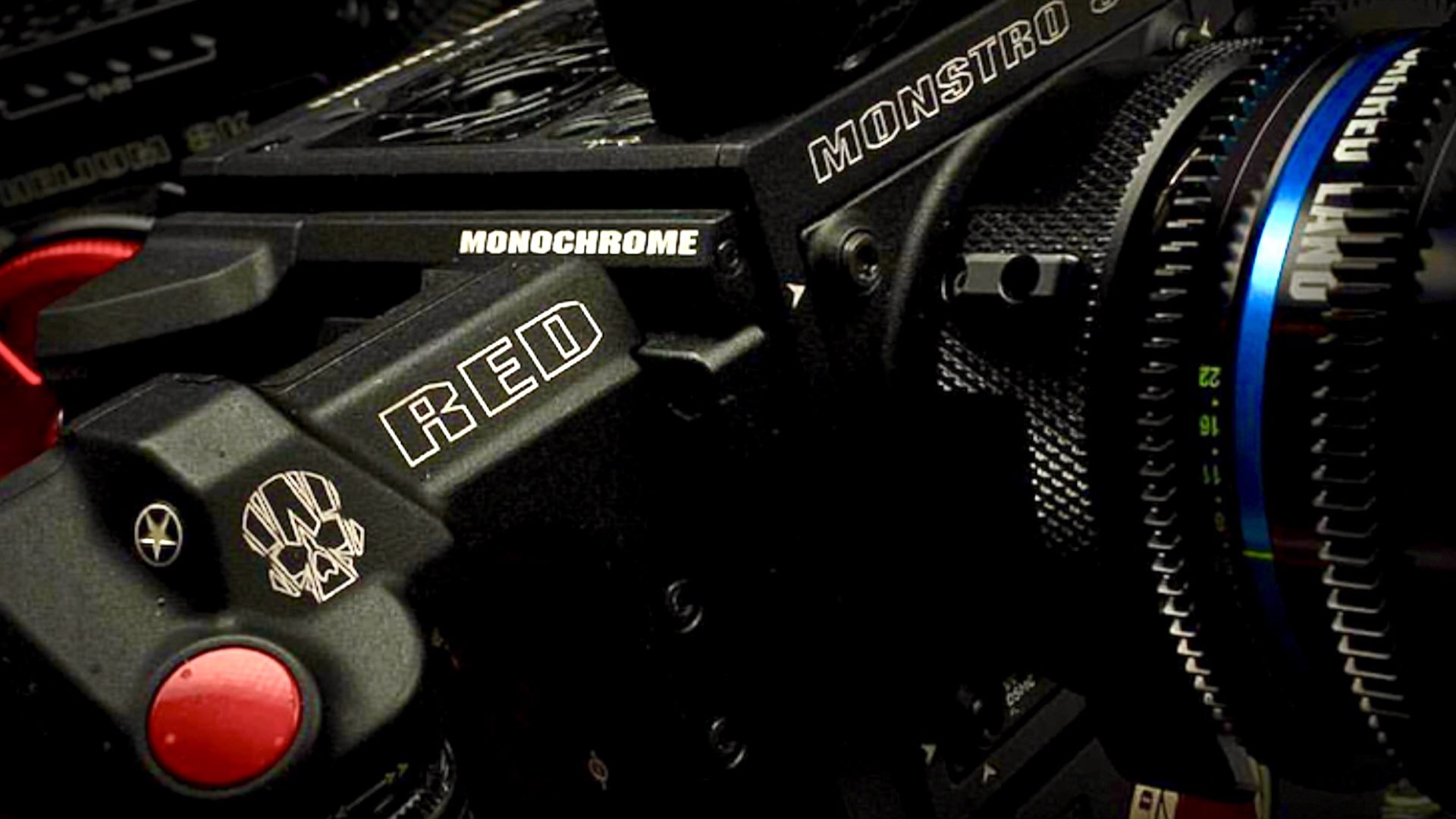
Monochrome sensor
Monochrome camera sensors are capable of greater detail and sensitivity than would otherwise be possible with color. Unlike color sensors, monochrome sensors capture all incoming light at each pixel regardless of color. Each pixel, therefore, receives up to 3X more light since red, green, and blue are all absorbed (see image below). That translates into a 1 to 1.5 stop improvement in light sensitivity. That can also improve the appearance of noise when shooting under artificial light or other color temperatures, which differ substantially from daylight. Unlike with color sensors, monochrome sensors do not require demosaicing to create the final image.

Higher-resolution
The values recorded at each photosite effectively just become the values at each pixel. As a result, monochrome sensors can achieve a slightly higher resolution. Another benefit is that monochrome sensors typically have more predictable highlight clipping. With color, clipping can occur in just the red, green, or blue channel, whereas, with monochrome, clipping is an all-or-nothing process. In practice, this can mean that images will have a slightly higher usable dynamic range, especially when considering that monochrome shadow noise is typically less objectionable than with color.

RED SW Monochrome with ARRI Signature Primes
Have a look at the short underwater video below shot by filmmaker Rodrigo Violante which shows the marvel and beauty of the white sharks. Just think how beautiful it is, going below the surface with the Scarlet-W Monochrome paired with a Signature Prime lens inside an underwater housing. We’ve reached out to Rodrigo for BTS shots of the rig. Hopefully, we’ll post them here, and on our social channels, so you can get inspired.
https://vimeo.com/359985273


